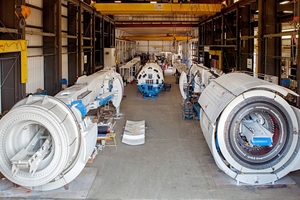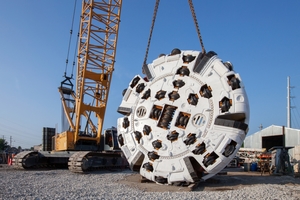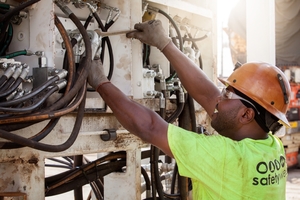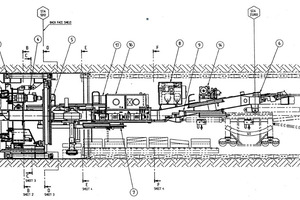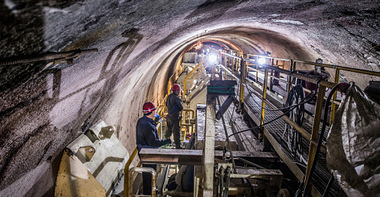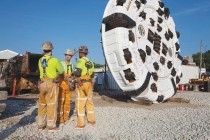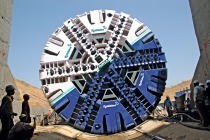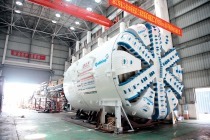Sustainable TBM Design for Long-Term Usage
Much has been made of the difference in performance between new and rebuilt TBMs. Worldwide, a bias exists that seems to favor new machines, but is the bias warranted? The reuse of machines can, if done to exacting standards, reduce costs and time to delivery time, not to mention the carbon footprint for a given construction project. Re-employment of machine components will save material and energy necessary for production, thus reducing impact on the environment. Modern TBMs are made for high performance with availability rates beyond 90%. The TBM design concepts make the machines highly versatile for employment in varying soil and ground conditions and on multiple projects. Machines with components made for longtime use can now withstand extreme loads and impacts in rough underground environments. Regular maintenance and planned service is the vital element to enjoy high performance and availability and to prolong a machine’s life. A well-serviced machine also provides a factor of active project safety. Proper operation in variable conditions is also key.
Introduction: The TBM Life Cycle
It is essential to consider the total life cycle of a machine, even in its early design stages – this is by far the most economical and sustainable way of thinking. Designing machines with ease of rebuilding in mind ensures that the manufacturer does not have to start from scratch every time a machine needs work. It also results in time, cost, and energy savings when the time does come to rebuild a machine, which is then passed on to the customer.
Perhaps even more important than that is the way a TBM is maintained during a project. It is important to remember...

